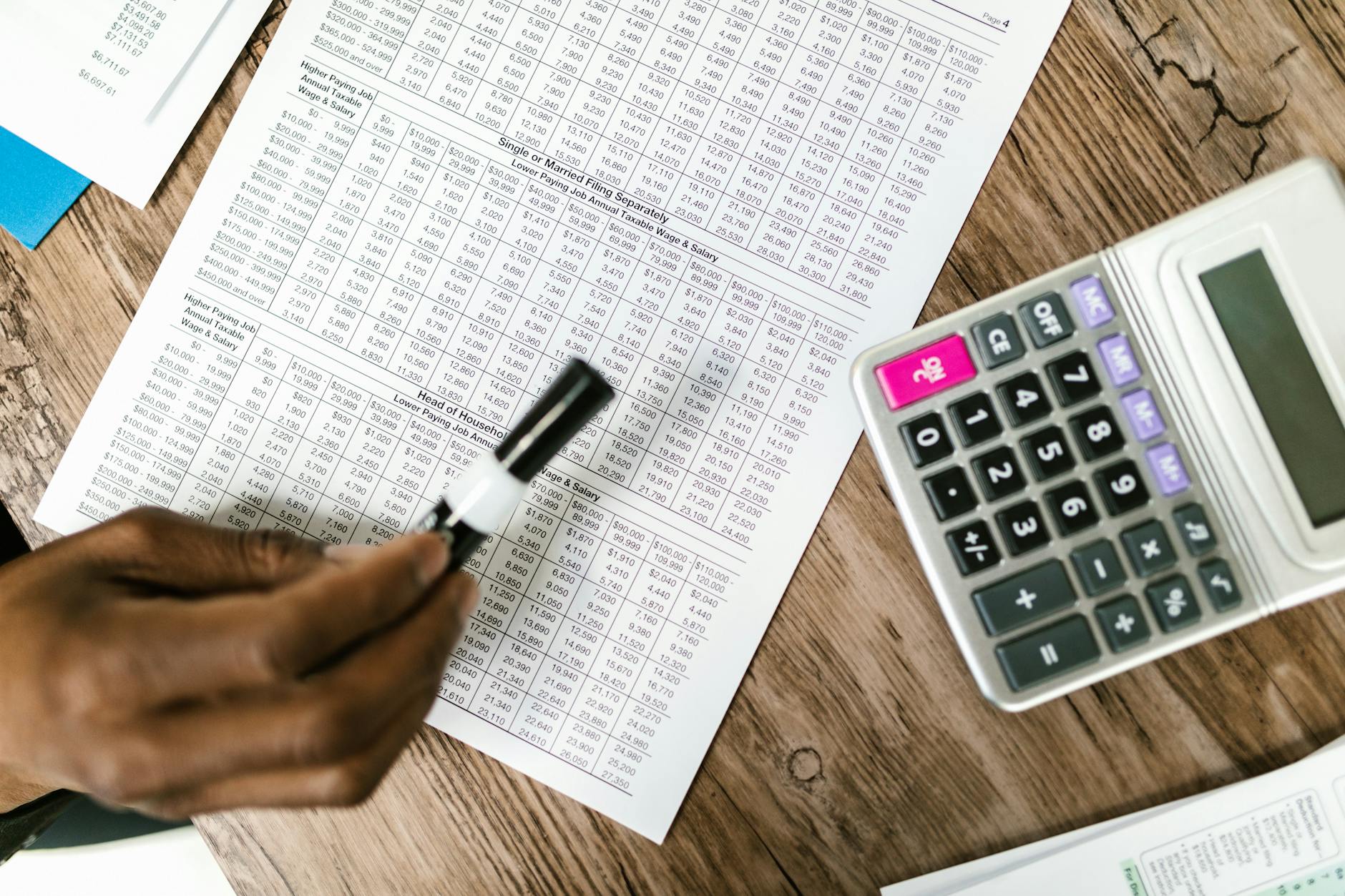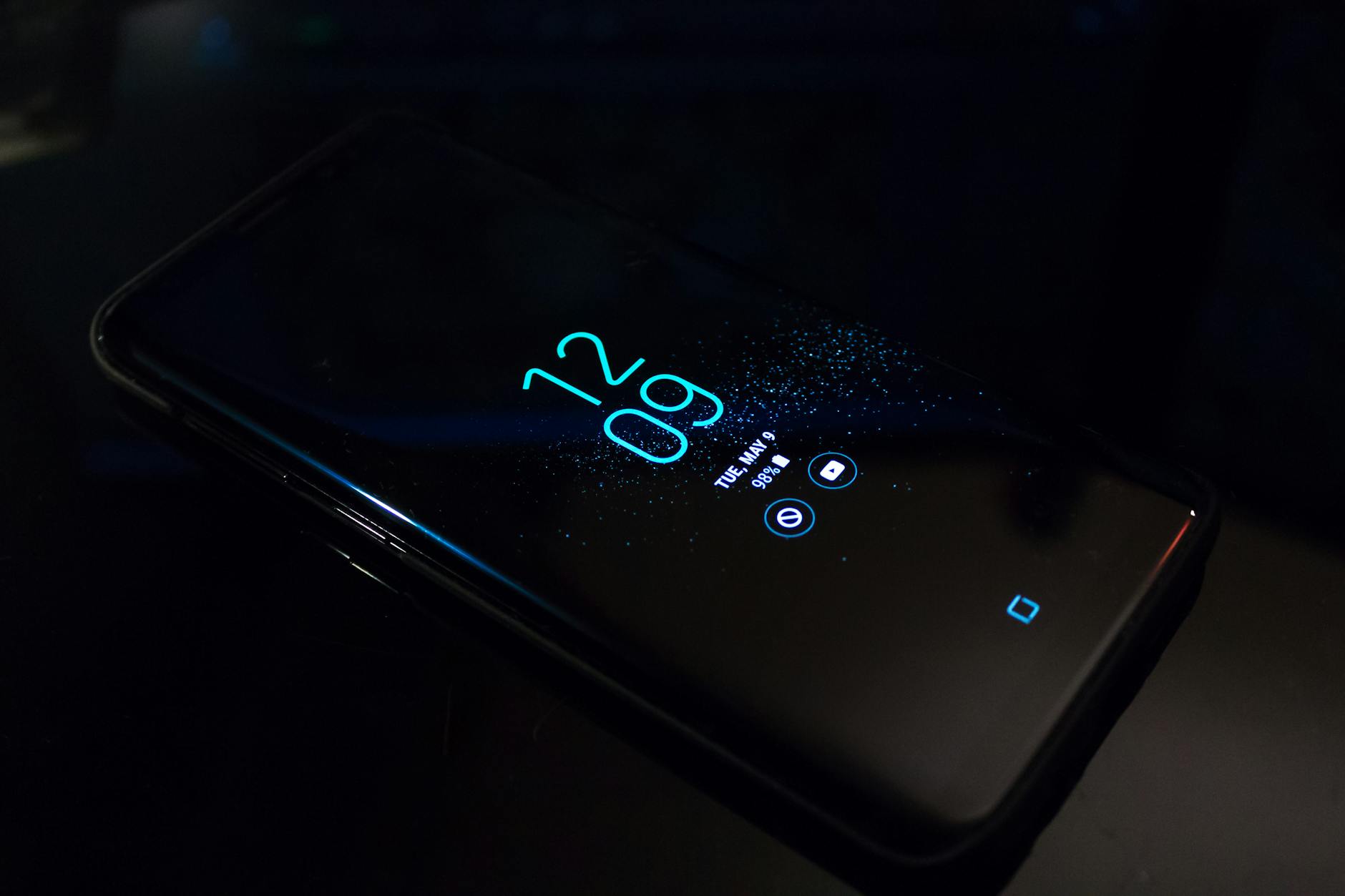Hey there! Ready to kick debt to the curb? Let’s talk about the debt snowball method – your ticket to crushing those pesky bills and living life on your own terms.
- Why You’re Here (And Why I’m Glad You Are)
- What’s This Debt Snowball Thing All About?
- Why Should You Listen to Me?
- The Nitty-Gritty: How the Debt Snowball Works
- But What About Interest Rates?
- The Secret Sauce: Why the Debt Snowball Works
- Real Talk: My Debt Snowball Journey
- FAQs: Your Questions Answered
- How long will it take me to pay off my debt using the snowball method?
- What if I have a really high-interest debt? Should I ignore it?
- I don’t have any extra money to put towards debt. What should I do?
- What about saving? Should I be putting money into savings while I’m paying off debt?
- I’ve tried budgeting before and failed. How is this any different?
- The Snowball Effect: Beyond Debt
- Tools of the Trade: What You Need to Get Started
- Common Pitfalls (And How to Avoid Them)
- The Light at the End of the Tunnel: Life After Debt
- Your Debt-Free Action Plan
- The Final Word: Your Debt-Free Future Starts Now
Why You’re Here (And Why I’m Glad You Are)
Look, I get it. Debt sucks. It’s like carrying a backpack full of bricks everywhere you go. You’re probably thinking:
- “How the hell did I get into this mess?”
- “Will I ever be able to buy a house/travel/stop living paycheck to paycheck?”
- “Is there a way out that doesn’t involve winning the lottery?”
Well, my friend, you’re in the right place. The debt snowball method is about to become your new best mate in the fight against financial stress. And trust me, it works. I’ve been there, done that, and got the debt-free T-shirt to prove it.
What’s This Debt Snowball Thing All About?
The debt snowball method is a debt-busting strategy that’ll have you paying off your debts from smallest to largest, regardless of interest rates. It’s like building a snowman – you start small, and before you know it, you’ve got a massive snowball rolling down the hill, crushing debts in its path.
But here’s the kicker: it’s not just about the maths. It’s about the mindset. It’s about seeing those quick wins and getting pumped to keep going. It’s about turning debt repayment from a chore into a game you’re actually excited to play.
Why Should You Listen to Me?
Fair question. I’m not some suit-wearing, jargon-spouting financial advisor. I’m just a regular bloke who was once drowning in debt. £30,000 of it, to be exact. Credit cards, car loans, you name it. I was in deep.
But then I discovered the debt snowball method. And guess what? In just 18 months, I was debt-free. Yep, you read that right. From drowning to debt-free in less than two years. If I can do it, trust me, you can too.
The Nitty-Gritty: How the Debt Snowball Works
Alright, let’s break this down step by step. No fancy finance degree required, I promise.
Step 1: List Your Debts
First things first, we need to know what we’re dealing with. Grab a pen and paper (or your phone if you’re feeling modern) and list out all your debts. And I mean all of them. Credit cards, personal loans, that tenner you owe your mate from the pub last week. Everything.
But here’s the twist: we’re not listing them by interest rate. Nope, we’re going smallest balance to largest. It might look something like this:
- Credit card: £500
- Personal loan: £2,000
- Car loan: £5,000
- Student loan: £15,000
Step 2: Minimum Payments are Your New BFFs
Now, for all but the smallest debt, you’re going to make the minimum payments. That’s right, just the minimum. I know it feels wrong, like you’re not making progress. But trust the process. We’re playing the long game here.
Step 3: Attack That Smallest Debt
Here’s where the magic happens. Take any extra money you can scrape together – and I mean any – and throw it at that smallest debt. Sold some stuff on eBay? Throw it at the debt. Got a birthday tenner from your nan? Debt. Found a fiver in your old jeans? You guessed it – debt.
Step 4: Celebrate Your First Win
When that smallest debt is gone (and it will be, faster than you think), it’s time to celebrate. Do a happy dance. Treat yourself to a pint. Tell your cat. Whatever floats your boat. Because my friend, you’ve just taken your first step towards financial freedom.
Step 5: Roll It Over
Now, take the amount you were paying on that first debt and roll it over to the next smallest. So if you were paying £100 a month on that £500 credit card debt, now you’re adding that £100 to the minimum payment on your £2,000 personal loan.
Step 6: Rinse and Repeat
Keep this up, and you’ll see each debt disappear faster than the last. It’s like a snowball rolling down a hill, getting bigger and more powerful with each rotation. Hence the name – debt snowball.
But What About Interest Rates?
I can hear the maths whizzes among you shouting, “But what about interest rates? Shouldn’t we pay off the highest interest debt first?”
Logically, yes. Mathematically, yes. But here’s the thing – paying off debt isn’t just about maths. It’s about psychology. It’s about behavior change. And that’s where the debt snowball method shines.
See, when you start with the smallest debt, you see progress quickly. You get that rush of accomplishment. And that rush? It’s addictive. It keeps you motivated. It turns debt repayment from a chore into a challenge you’re excited to tackle.
The Secret Sauce: Why the Debt Snowball Works
Let’s get real for a second. Paying off debt isn’t easy. If it were, we’d all be debt-free, sipping piña coladas on a beach somewhere. The debt snowball works because it taps into something more powerful than interest rates: your mindset.
Here’s why it’s so effective:
- Quick Wins: Paying off that first small debt gives you a psychological boost. It’s like scoring your first goal in a football match – it pumps you up for more.
- Momentum: As you knock out each debt, your snowball grows. You’re throwing more money at each successive debt, and seeing results faster.
- Simplicity: No complicated maths or strategies. Just focus on one debt at a time.
- Behavior Change: It’s not just about paying off debt; it’s about changing your relationship with money.
- Visible Progress: Crossing debts off your list is satisfying. It’s like ticking items off a to-do list – addictive and motivating.
Real Talk: My Debt Snowball Journey
Let me take you back to where I started. Picture this: a 28-year-old bloke, decent job, but living paycheck to paycheck. Credit card maxed out. Car loan weighing me down. Student loan hanging over my head like a dark cloud.
My debts looked something like this:
- Credit card: £3,000
- Personal loan (for that “essential” holiday): £5,000
- Car loan: £7,000
- Student loan: £15,000
Total damage: £30,000. Ouch.
I was making minimum payments on everything, but it felt like I was on a hamster wheel, running fast but going nowhere. Then I stumbled across the debt snowball method.
At first, I was skeptical. Ignore interest rates? Focus on the smallest debt? It seemed counterintuitive. But I was desperate enough to try anything.
So I started. I cut back on everything I could. No more takeaways. No more impulse buys. I even moved back in with my parents for a bit (thanks, Mum and Dad!). Every extra pound went towards that credit card debt.
And you know what? It worked. That first £3,000 was gone in four months. The rush I felt when I made that final payment? Indescribable. I was hooked.
From there, it was full steam ahead. The personal loan? Gone in six months. The car loan? Another eight months. And finally, that massive student loan? It took a while, but 18 months after I started, I made the final payment.
Was it easy? Hell no. Was it worth it? Absolutely. The feeling of being debt-free is like nothing else. It’s freedom. It’s peace of mind. It’s knowing that every pound I earn is mine to keep.
FAQs: Your Questions Answered
How long will it take me to pay off my debt using the snowball method?
How long is a piece of string? It depends on your total debt, your income, and how much extra you can throw at your debts each month. But here’s the thing – it’ll almost certainly be quicker than if you just keep making minimum payments.
What if I have a really high-interest debt? Should I ignore it?
Look, I get it. High-interest debt is a pain in the arse. If you’ve got a debt with a truly eye-watering interest rate, and paying it off first won’t derail your motivation, then by all means, tackle it first. The most important thing is that you’re actively paying off your debts.
I don’t have any extra money to put towards debt. What should I do?
Time to get creative, my friend. Can you pick up some extra hours at work? Start a side hustle? Sell some stuff you don’t need? Remember, every little helps. Even an extra tenner a month will get you to your goal faster.
What about saving? Should I be putting money into savings while I’m paying off debt?
Great question! It’s generally a good idea to have a small emergency fund before you start your debt snowball – say, £1,000 or one month’s expenses. This is to avoid going further into debt if an unexpected expense pops up. Beyond that, focus all your firepower on debt until it’s gone.
I’ve tried budgeting before and failed. How is this any different?
The debt snowball isn’t just about budgeting – it’s about changing your entire mindset around money. It gives you quick wins to keep you motivated, and a clear plan to follow. Plus, you’ve got me cheering you on. You’ve got this!
The Snowball Effect: Beyond Debt
Here’s something cool – the principles of the debt snowball method don’t just apply to money. You can use this same strategy to tackle any big goal in your life.
Want to lose weight? Start with small, achievable targets. Want to write a book? Begin with writing 100 words a day, then 200, then 500. The principle is the same – start small, build momentum, and watch your progress snowball.
Tools of the Trade: What You Need to Get Started
Alright, ready to jump in? Here’s what you need to get your debt snowball rolling:
- A list of your debts: Remember, smallest to largest balance.
- A budget: You need to know where your money’s going if you want to find extra cash to throw at your debt.
- A debt tracker: This can be as simple as a spreadsheet or as fancy as a debt-tracking app.
- A support system: Whether it’s your partner, your mates, or an online community, having people to cheer you on makes a huge difference.
- Determination: This is the most important tool in your arsenal. Stay focused on your goal.
Common Pitfalls (And How to Avoid Them)
Even with the best intentions, it’s easy to stumble on your debt-free journey. Here are some common pitfalls and how to sidestep them:
- Losing motivation: Remember why you started. Keep your end goal in mind. Celebrate every win, no matter how small.
- Taking on new debt: Cut up those credit cards. Delete your PayPal account from online shopping sites. Do whatever it takes to stop the debt cycle.
- Neglecting your emergency fund: Life happens. Having a small cushion can prevent you from falling back into debt when unexpected expenses crop up.
- Trying to go too fast: This is a marathon, not a sprint. Don’t cut your budget so drastically that you can’t stick to it.
- Not increasing your income: Sometimes, cutting expenses isn’t enough. Look for ways to earn extra cash to supercharge your debt snowball.
The Light at the End of the Tunnel: Life After Debt
Let me tell you, life on the other side of debt is sweet. Here’s what you’ve got to look forward to:
- Peace of mind: No more sleepless nights worrying about bills.
- Freedom: Your money is yours to do with as you please.
- Opportunities: Want to start a business? Travel the world? When you’re debt-free, the world is your oyster.
- Security: You’ll be better prepared for whatever life throws your way.
Your Debts
Start by listing out your non-mortgage debts.
Your Household Income
This includes any income you make each month after taxes (your paycheck, your side hustle—it all counts).
Additional Payment
Next, to snowball your debt, enter the additional amount you want to pay above the minimum required payment.
Your Debt-Free Action Plan
Alright, enough talk. Let's get you started on your debt-free journey. Here's your action plan:
- Get real with your finances: List out all your debts, smallest to largest.
- Create a budget: Figure out where your money's going and where you can cut back.
- Find extra cash: Look for ways to increase your income or decrease your expenses.
- Start your snowball: Make minimum payments on everything except your smallest debt.
- Celebrate your wins: Every time you pay off a debt, do a little victory dance.
- Keep going: Don't stop until you've crushed that last debt.
- Spread the word: Once you're debt-free, share your story. Inspire others to take control of their finances.
The Final Word: Your Debt-Free Future Starts Now
The debt snowball method is more than just a way to pay off debt. It's a mindset shift. It's taking control of your finances and, by extension, your life. It's saying "enough is enough" to the cycle of debt and choosing a different path.
Is it easy? No. Is it worth it? Absolutely.
Remember, every journey begins with a single step. Your debt-free journey starts now, with your decision to take action. So grab that snowball and start rolling. Before you know it, you'll be at the top of your own debt-free mountain, looking back at how far you've come.
You've got this. Now go make it happen.
Remember, the debt snowball method explained step by step is your roadmap to financial freedom. It's not just about paying off debt; it's about changing your life. So take that first step, start your snowball, and watch as it grows into an unstoppable force, crushing your debts and paving the way to your debt-free future. You've got this!



